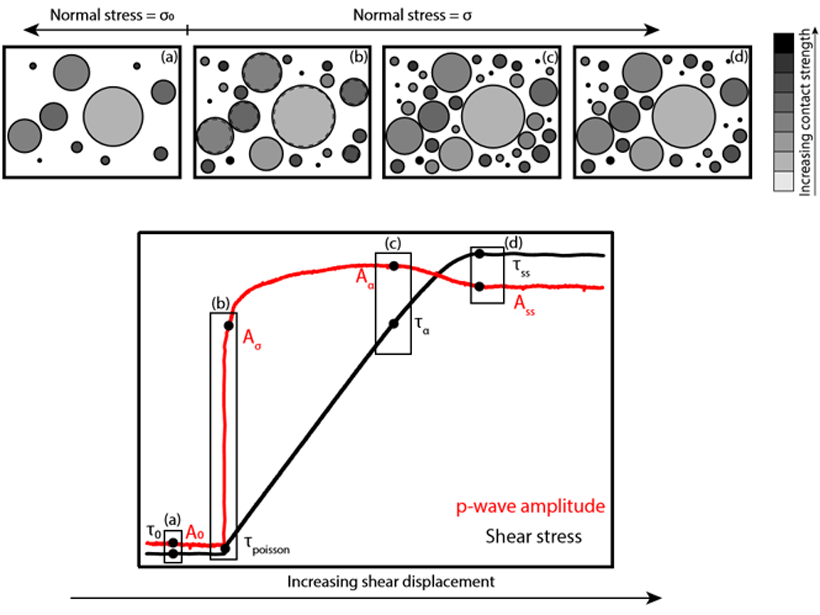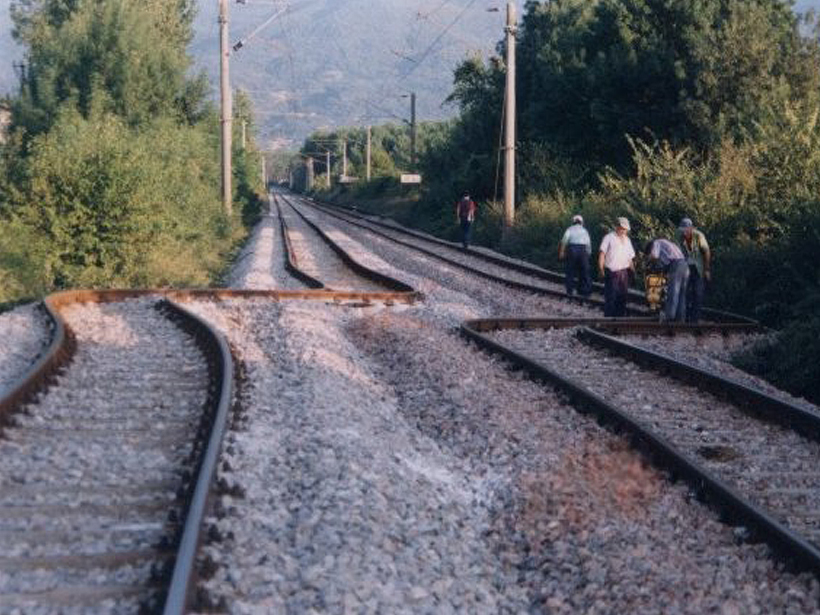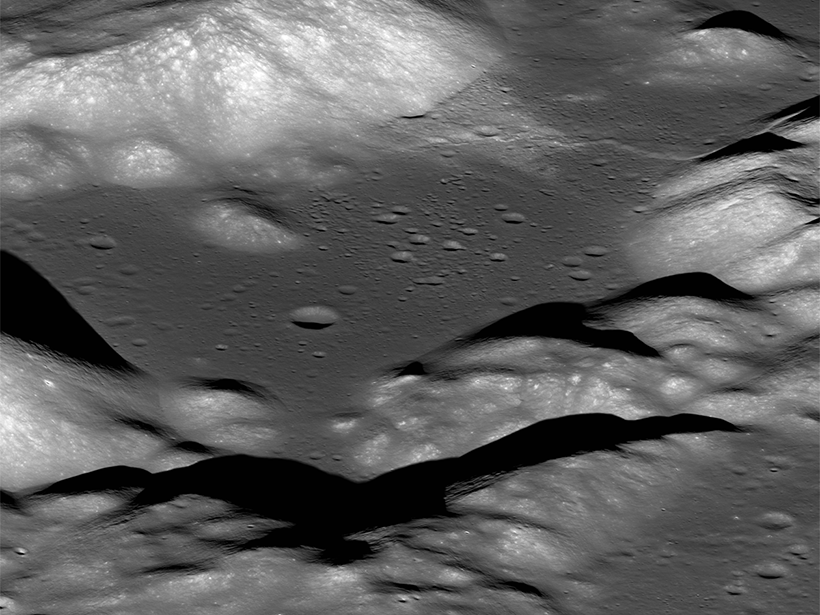Large-volume volcanic eruptions can create instabilities in the ground above magma chambers, leading to massive collapses and telltale calderas.
faults
Scientists Scramble to Collect Data After Ridgecrest Earthquakes
Ground shaking in Southern California, including a magnitude 7.1 temblor, triggered a massive mobilization effort to collect seismological, geological, and geodetic data.
What Controls How Quickly Faults Heal?
The rates at which fault zones “heal” through secondary mineralization have been elusive, but uranium-thorium dating of calcite growth in fault-zone fractures may provide the answer.
Machine Fault
Applying machine learning to subtle acoustic signals from an earthquake machine has revealed big clues about fault behavior in the lab.
How Chemical Processes Influence Fracture Pattern Development
Many tools of chemical analysis, experimentation, modeling, and theory have the potential to increase our understanding of how fracture patterns develop at different geological time scales.
Earthquake Statistics Vary with Fault Size
A theoretical study explores why small earthquake sources can produce quasiperiodic sequences of identical events, whereas earthquakes on large faults are intrinsically more variable.
Can We Tell If Faults Grew During or Between Earthquakes?
Numerical simulations of earthquake cycle deformation reveal that co-seismic and interseismic fault propagation can produce distinct propagation angles that may be recorded in the crust.
Laboratory Study Probes Triggering Mechanisms of Earthquakes
A new experimental technique traces the state of a shearing fault gouge and shows for the first time how friction of a fault surface can change as a function of varying normal stress.
Variations in Creep Along One of Earth’s Most Active Faults
Satellite-based radar images of motion along Turkey’s North Anatolian Fault are helping scientists understand when, where, and how creep occurs and its implications for seismic hazard.
The Quaking, Shrinking Moon
New evidence suggests that the Moon may still be tectonically active.


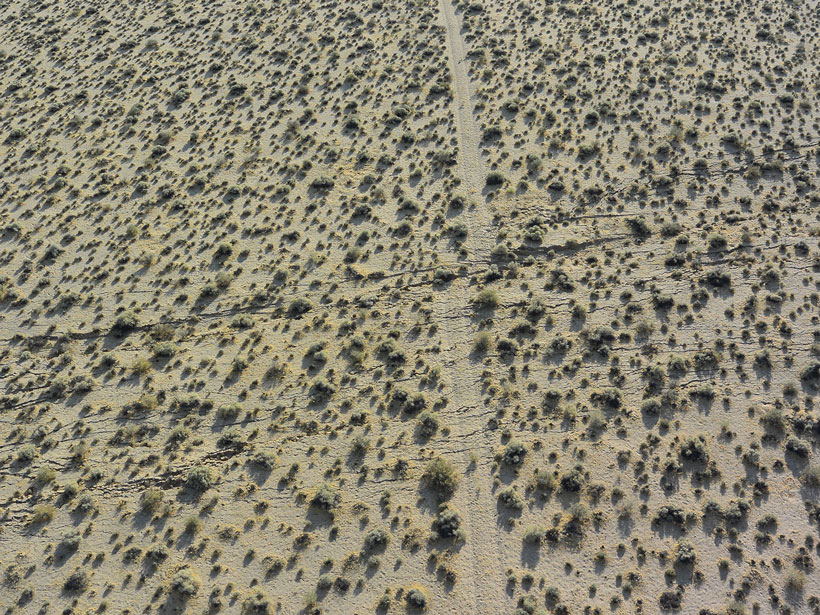
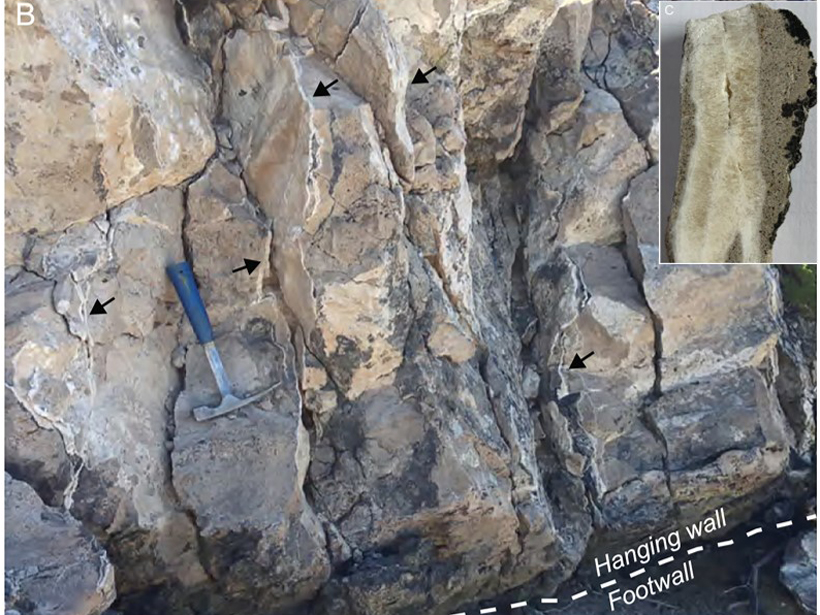
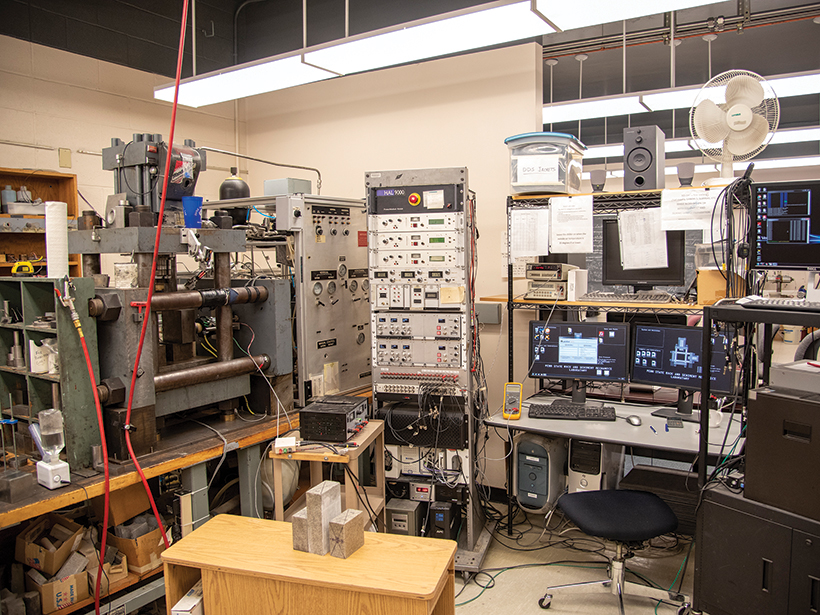
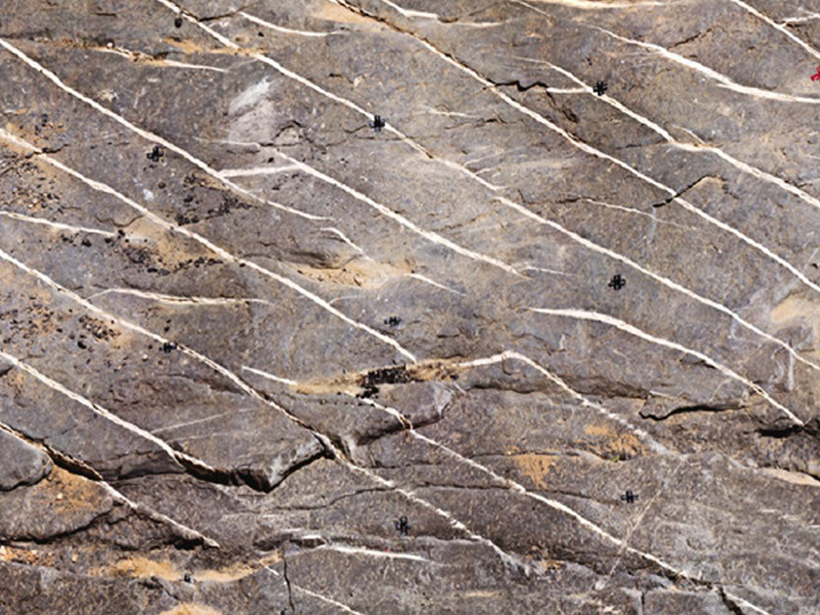

![Figure 4 from paper by Preuss et al. [2019]](https://eos.org/wp-content/uploads/2019/09/2019JB017324-Figure-4-sized.png)
